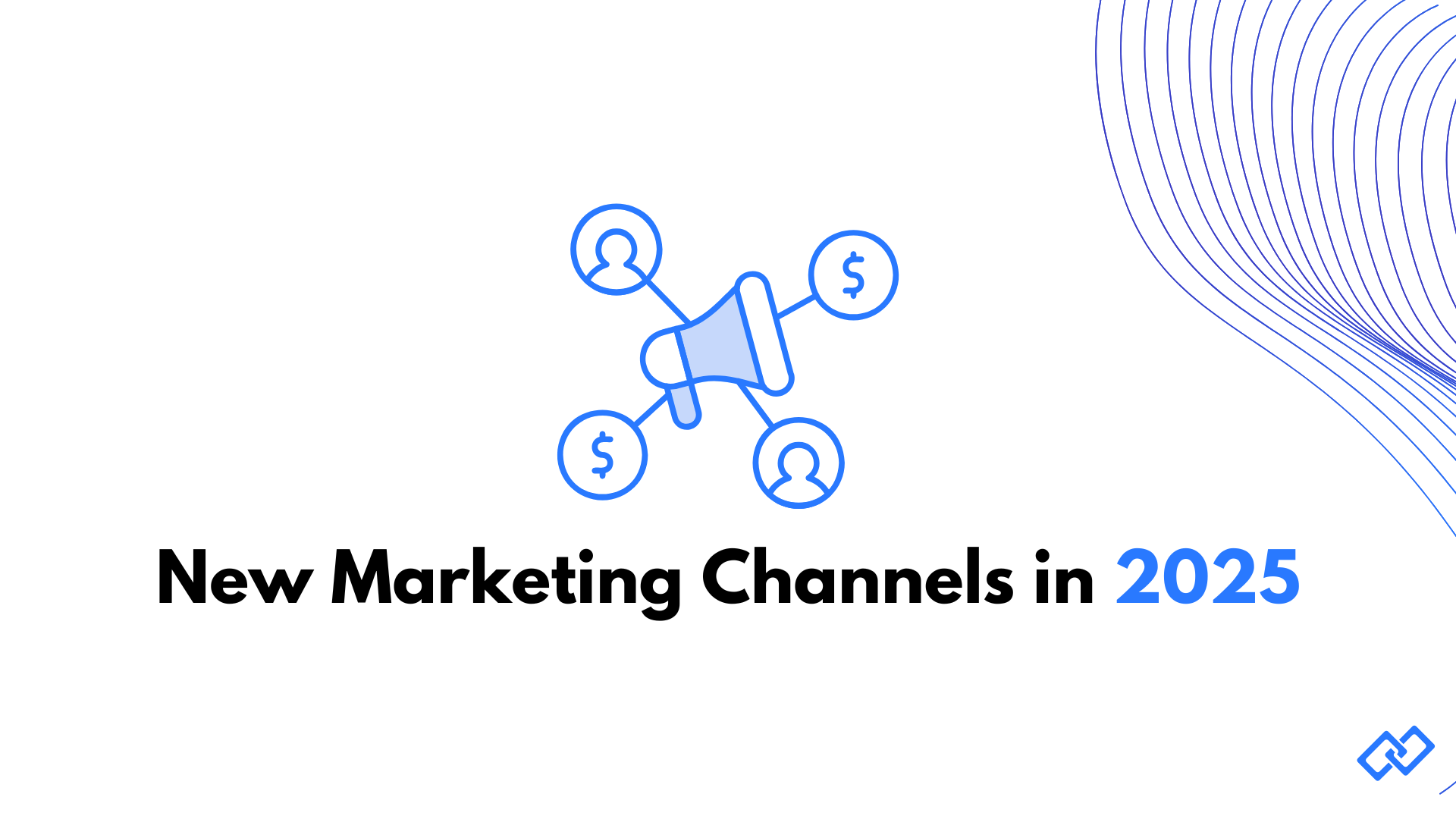Innovative Marketing Channels in 2025: Beyond Search and Social

Summary
Traditional channels like search and social ads are oversaturated and increasingly expensive.
In 2025, innovative marketing channels are reshaping digital advertising:
- AI chatbots & LLM advertising → contextual, conversational ads where intent is clearest via platforms like Adsbind.
- Retail media networks → ads inside platforms like Amazon, Walmart, Instacart.
- In-game & e-sports ads → dynamic product placements in interactive environments.
- Streaming & connected TV → shoppable and interactive content.
- Voice & smart assistants → contextual promotions through Alexa, Siri, and beyond.
Among these, AI chatbot advertising offers the biggest first-mover advantage — and solutions like Adsbind are building the infrastructure to make it scalable, transparent, and effective.
Introduction: Why Marketers Need to Look Beyond Search and Social
Search and social advertising have defined digital marketing for 20 years. Google Ads, Meta Ads, and TikTok Ads have been the engines of growth for countless brands. But in 2025, cracks are showing:
- Rising costs: CPCs on Google Ads and Meta Ads have risen steadily year-over-year (WordStream data).
- Ad fatigue: Users are bombarded with repetitive formats, leading to declining engagement.
- Privacy restrictions: Changes like Apple's ATT and third-party cookie deprecation limit targeting.
For forward-thinking marketers, the question is: Where will attention shift next?
The answer: new channels that align with how people actually spend their digital time — inside AI chatbots, immersive environments, and interactive platforms.
The Rise of AI Chatbots & LLM Advertising
Of all the emerging channels, AI chatbots and large language models (LLMs) represent the most disruptive opportunity.
Why?
- Explosive adoption: ChatGPT has reached over 180M monthly users (Exploding Topics). Similar platforms like Google Gemini and Anthropic Claude are growing fast.
- Intent clarity: Unlike scrolling social feeds, chatbot interactions are direct questions. "What's the best CRM for startups?" is a purchase-ready moment.
- High trust environment: Users treat AI assistants as advisors — which makes sponsored recommendations, if transparent, incredibly powerful.
Example scenarios:
- A student asks an AI tutor: "What's the best way to learn Python fast?" → Sponsored coding course appears.
- A traveler asks: "Where should I stay in Barcelona with kids?" → Sponsored hotel option is surfaced.
- A startup founder asks: "Which tool helps automate contracts?" → Sponsored SaaS recommendation is shown.
👉 These aren't interruptions. They're contextual answers at the exact decision moment.
How Ads in AI Chatbots Work
Unlike banner ads or pre-roll videos, chatbot advertising is conversation-native. There are three primary formats:
Inline Sponsored Suggestions
Ads integrated directly into chatbot answers.
Example: "Here are three options… Sponsored: Try HubSync for freelancers."
Post-Answer Callouts
Sponsored message shown after the bot finishes the main answer.
Example: "Looking for tools? Sponsored: Taskly offers free onboarding for startups."
UI-Level Side Ads
Displayed alongside the chat window, not inside the text.
Safer for brand neutrality but still high-intent.
Early providers like Adsbind are building infrastructure so brands can access these formats through a plug-and-play platfrom — instead of having to negotiate one-off deals with every AI app.
Other Innovative Marketing Channels in 2025
While AI chatbots are the standout, several other channels are gaining traction:
1. Retail Media Networks
Platforms like Amazon Ads, Walmart Connect, and Instacart are turning shopping platforms into advertising ecosystems.
Retail media is now the third-largest digital ad channel globally, after search and social (Nielsen).
2. In-Game & E-Sports Advertising
Dynamic product placements in games and live e-sports broadcasts.
Example: Virtual billboards inside FIFA or Fortnite.
Gen Z audiences are highly receptive — 35% say they notice in-game ads (Disqo).
3. Streaming & Connected TV
Platforms like Netflix Ads and Roku are expanding interactive and shoppable formats.
Viewers can click through or scan QR codes while watching shows.
4. Voice & Smart Assistants
Ads inside Alexa, Siri, and Google Assistant interactions.
Example: "Alexa, order toothpaste" → sponsored brand suggested first.
Why AI Chatbot Ads Stand Out
While all these channels are important, AI chatbots have three unique advantages:
- Direct purchase intent (users asking for recommendations).
- Scalable personalization (ads matched to context, not demographics alone).
- First-mover advantage (still early, low competition).
And unlike retail media or streaming, chatbots exist across multiple industries — education, healthcare, SaaS, travel, e-commerce.
That makes them not just another channel, but a new digital ecosystem.
Addressing Concerns
Marketers will naturally ask:
Will users trust ads in chatbots?
Yes, if they are clearly labeled and relevant (see IAB Native Ad Guidelines).
Is brand safety possible?
With context filters and exclusion lists, yes. Adsbind, for example, is prioritizing brand-safe environments by design.
How do we measure success?
Traditional KPIs like CPM, CPC, CPA, and CTR remain the foundation of performance measurement. However, conversational advertising introduces new layers of engagement metrics that better reflect how users interact inside AI chats.
The Adsbind Advantage
At Adsbind, we're building the infrastructure to make conversational ads practical and scalable for marketers.
Here's how:
- Plug-and-play API → No need to negotiate with each app.
- Contextual targeting engine → Ads are matched to user queries in real time.
- Brand safety controls → Ensure ads appear only in appropriate contexts.
- Transparency by default → Sponsored responses are clearly labeled.
👉 For marketers, that means a new, high-intent channel that delivers engagement at scale — without the risk or complexity.
Final Thoughts
The marketing playbook of the last decade won't win the next one. Search and social remain critical, but they're crowded, expensive, and constrained by privacy shifts.
In 2025 and beyond, innovative channels will define growth. Among them:
- Retail media.
- In-game advertising.
- Streaming & CTV.
- Voice assistants.
But the most transformative? AI chatbot advertising.
Because it happens at the moment of truth — when a customer asks for advice and your brand is the answer.
👉 That's why now is the time for marketers to explore platforms like Adsbind, and secure their place in the conversations that will shape customer decisions for years to come.